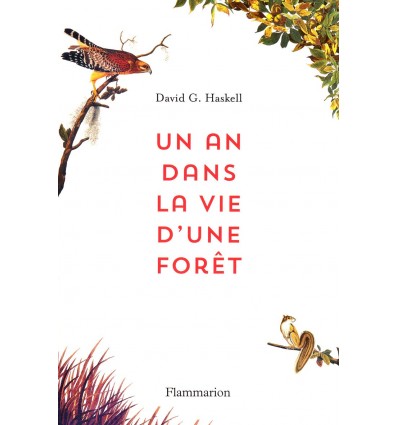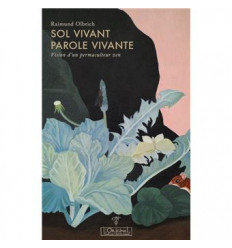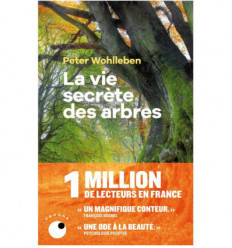Humanism • Spirituality • Well-being
-
0
Product
Products
No products
To be determined
Shipping
0,00 €
Total
Prices are tax included
Product successfully added to your shopping cart
Quantity
Total
There are 0 items in your cart. There is 1 item in your cart.
Total products
(tax incl.)
Total shipping (tax incl.)
To be determined
Un an dans la vie d'une forêt
Getting to the heart of life, in a forest
Description
David G. Haskell wanted to understand the mysteries of nature. He spent a year studying a microcosm of leaves, pebbles and water at the heart of the Appalachians. In captivating fashion, he details what he observed there. As the seasons pass, we discover alongside him a complete ecosystem inhabited by salamanders, snails, insects, mushrooms, moss, bacteria, butterflies, fire-ants, wasps, fireflies, newts, grasshoppers.... We see the harvest of the spring blooms, watch the flight of maple seeds in the autumn wind... For forty chapters, we inhabit the centre of this abundance of life, marvelling at the infinite ingenuity of nature's laws. The author compares this square of greenery to a mandala, evoking the interconnections which exist within nature, the cyclic relationships which operate between living beings and which can be seen at every level, from the molecular to the cosmic. This book unites natural history and philosophical meditation, and takes us on a quest to find the universal via the infinitely small. Haskell gives nature the kind of attention that would be expected of a Zen monk rather than a hypothesis-driven scientist. Inspired as much by aesthetics as science, he writes with the eloquence of a poet. (New York Times) Haskell is a biologist Buddha. The metaphysician of the minuscule has a question for us: why travel the world when you can see the universe emerge by sitting in front of a square of grass? (Sylvain Tesson) A work of art. A must-read. (Jean-Marie Pelt)
Characteristics
| Author | DAVID G. HASKEL | |
| Editor | FLAMMARION EDITIONS | |
| Number of pages | 366 | |
| Type of book | Broché | |
| Language | French | |
| Dimensions | 14,6 x 22 |
Ecology - Nature
-
Books
- Western traditions
-
Western mystical authors
- Bacon Francis
- Boehme Jacob
- Bruno Giordano
- Davy Marie-Madeleine
- Desjardins Arnaud
- Dürckheim Karlfried Graf
- Eckartshausen Karl von
- Lévi Eliphas
- Maier Michael
- Maître Philippe
- Mystiques chrétiens
- Papus
- Paracelse
- Pic de la Mirandole Jean
- Saint-Yves d'Alveydre Alexandre
- Schwaller de Lubicz René Adolphe et Isha
- Sédir
- Souzenelle Annick de
- Steiner Rudolf
- Swedenborg Emmanuel
- Teilhard de Chardin, Pierre
- Vinci Léonard de
- Oriental traditions
- Oriental mystical authors
- Other traditions
- Religions
- Symbolism - Wisdom- Spiritual practices
- Philosophy- Utopias
- Prayer - Meditation- Visualisation
- Science and spirituality
- Gift books
- Arts divers (Peinture - Sculpture - Architecture - Danse ...)
- Music
- Novels - Tales - Poems
- Biographies
- Audiobooks
- Health
- Psychology
- Inner fulfilment
- Children' s books
- Death - NDE - Palliative care (support to the terminally-ill)
- Reincarnation - Karma
- Ecology - Nature
- Feng Shui - Geobiology
- Tarots - Pendulums
- Foreign mystical literature
- Coffee-table books
- Rosicrucian books
- Martinist books
- Incense
- Ritual objects
- Music
- Health and well-being
- Gift Ideas
- Rosicrucian and Martinist items
from 95€
change your mind
payment
















Follow us